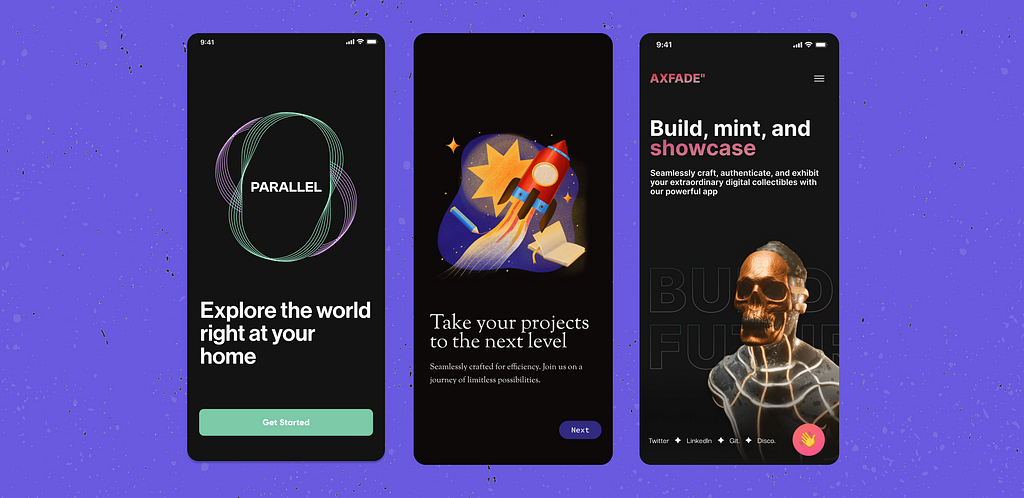
Introduction
Priming, a psychological phenomenon with profound implications in UX design, involves the subconscious activation of specific concepts or mental representations, influencing subsequent behavior or perception. In this article, we explore how UX designers can harness the power of priming to create more intuitive and engaging user experiences.
Understanding Priming
Priming means that when you see something (the prime), it can affect how you react to something else you see afterward (the target). This happens because the first thing activates ideas or thoughts in your mind, which then affect how you think and make decisions about the next thing you see.
Priming in UX Design
In the realm of UX design, subtle visual or verbal cues can serve as primes, guiding users’ attention and influencing their perceptions and actions. By strategically incorporating priming techniques into interface design, designers can optimize usability and enhance user engagement.
For example, imagine a travel booking website that uses images of tropical beaches throughout its interface. These images act as primes, subtly suggesting relaxation and vacation.
As users browse the site and encounter prompts to book a trip, they may be more inclined to make a booking because the imagery has primed them to associate the website with leisure and escape.
#PRO TIP
Be Mindful Of Space

During the onboarding, users are immersed in a new world they don’t know anything about, and that can be overwhelming. Each word/element should earn its place on the screen by adding clear value for this precise moment.
Examples of Priming in UX
- Color Associations: Selecting specific colors can evoke particular emotions or associations, priming users to interpret content in a certain way. For instance, warm colors like red or orange may prime users for urgency or excitement, while cool colors like blue or green can evoke a sense of calm or trust.
- Iconography: Icons can act as powerful primes, conveying meaning and facilitating user interaction. For example, a shopping cart icon primes users to associate it with adding items to a virtual cart, streamlining the e-commerce experience.
- Language and Messaging: The use of persuasive language or subtle prompts can prime users to take desired actions. For instance, phrases like “Join the community” or “Start your journey” can prime users for engagement and encourage participation.
- Contextual Cues: Incorporating contextual cues that align with users’ goals and expectations can prime them for specific tasks or interactions. For example, displaying testimonials or success stories before prompting users to sign up for a service can prime them to perceive the offering positively and increase conversion rates.
#PRO TIP
Minimize Task Perception

The first thing users do when they see a new form is estimating how much time is required to complete it.
Separating fields in different steps eases the user’s perception of how hard it is to complete.
Making the whole process look easy!
Implications for UX Designers
By leveraging priming techniques, UX designers can create more intuitive and seamless user experiences. However, it is essential to employ priming ethically and responsibly, ensuring that the cues align with users’ interests and enhance rather than manipulate their perceptions.
Conclusion
Priming is a powerful tool for UX designers. By using it wisely, we can subtly influence how users behave and perceive things. Understanding priming principles and integrating them into design can improve usability, engagement, and user satisfaction. It’s a nuanced approach that acknowledges how subconscious cues affect users, helping designers create more user-centric digital experiences.
- Deceptive Patterns in UX: How to Recognize and Avoid Them
- “Beyond Pixels: Explore the Impactful Connection Between UX, Psychology, and Life
- TimeTrek: Crafting a Time-Travel Experience — UX Case Study
Let’s get in touch.
I am a Product designer you can reach out to me on these other platforms:
Linkedin | Instagram | Twitter | Behance | Portfolio
Mastering the Mind Game: How Priming Shapes Your Online Experience was originally published in UX Planet on Medium, where people are continuing the conversation by highlighting and responding to this story.